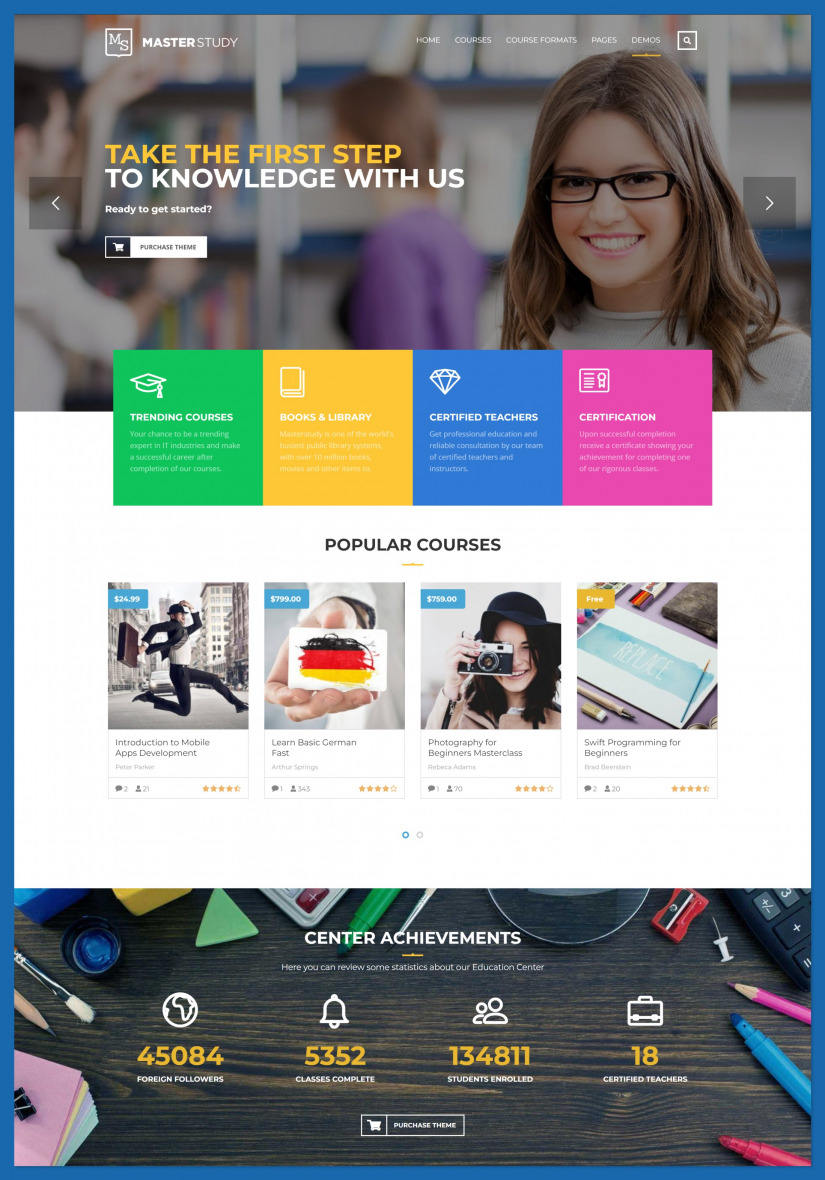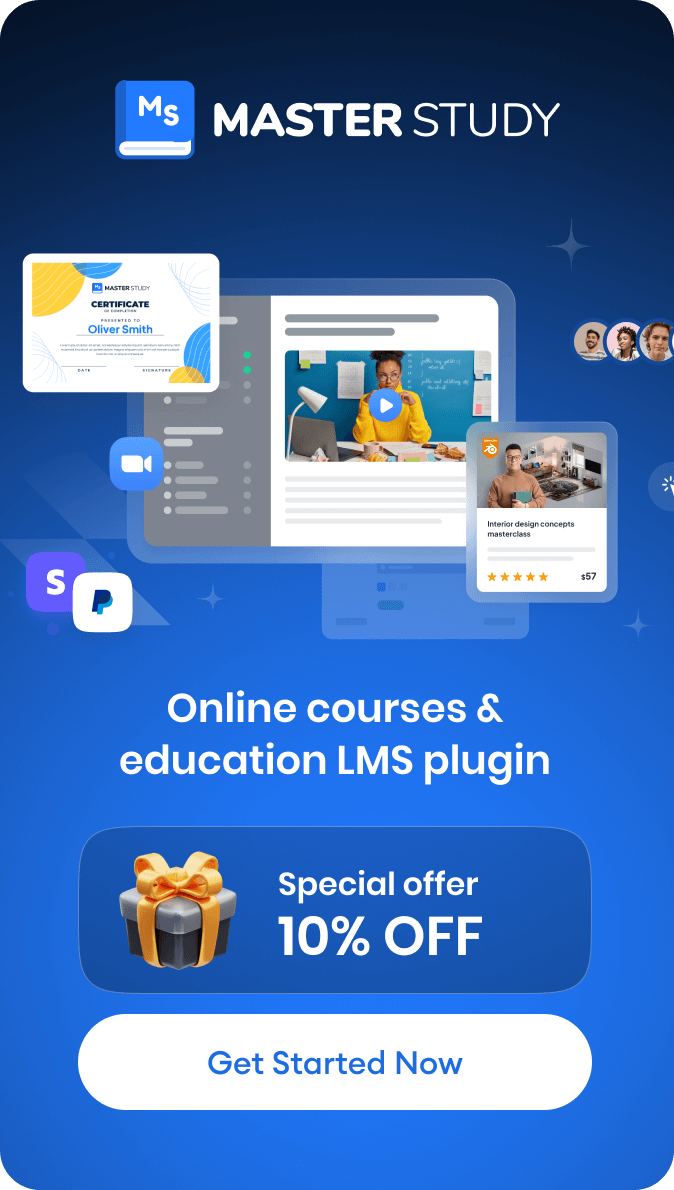Blended learning combines traditional classroom teaching with online methods, like interactive activities and digital materials. With 81,000 monthly searches worldwide, it’s clear many are interested in its benefits.
If you teach, this guide is for you. It explains what blended learning is, its trends, its advantages, and how to use it in your teaching.
What is blended learning?
Blended learning, also called hybrid learning, mixes traditional classroom teaching with online learning. It’s used mainly in public schools, colleges, and universities. This approach combines in-person lessons with online learning activities.
With the rise of technology like smartphones and laptops, blended learning has become more common. Its goal is to make learning easier and better by combining different methods.
Blended learning trends
In higher education, teaching is changing because of digital technology. One big change is that each student is seen as unique. Everyone has different strengths and weaknesses, especially in college. Also, everyone learns differently. So, one-size-fits-all teaching doesn’t work well anymore.
Blended learning, which mixes online and in-person teaching, is becoming popular. This lets colleges make personalized teaching plans for each student. Digital tools like computers and data help students learn in their own way. For example, some students use laptops and headphones to join online classes and watch videos. Colleges also provide online materials to help students and teachers.
Benefits of blended learning
- Blended learning gives teachers more options in how they teach. They can use online tools for lessons that happen at the same time or at different times. This means students can learn when it works best for them and in ways that they like.
For example, if a student prefers learning in the morning, they can watch recorded lessons then. If they like to learn with friends, they can join online discussions after school.
- Blended learning gives teachers more options in how they teach. They can use online tools for lessons that happen at the same time or at different times. This means students can learn when it works best for them and in ways that they like.
For example, if a student has a question about homework, they can email their teacher. Or if they want to work on a project with a friend who’s in a different class, they can chat online.
- In blended learning, teachers can see how students are doing online. This helps them understand what each student needs and how they learn best. Then, teachers can make lessons that fit each student’s interests and skills.
For example, if a student is good at math but struggles with reading, their teacher can give them extra help with reading online while they work on math in class.
- Blended learning means teachers can teach more students. Since some lessons happen online, teachers can help students who live far away or can’t come to school.
For example, if a student gets sick and has to stay home, they can still join their class online. Or if a school wants to offer a new class but doesn’t have enough classrooms, they can teach it online.
- Blended learning saves schools money. They don’t need to spend as much on things like travel or printing since many lessons are online.
For example, instead of printing worksheets for every student, teachers can share them online. This saves paper and ink, which saves money.
How to use blended in your teaching
Blended learning mainly relies on technology, which might be tricky for teachers and students who aren’t used to it. But don’t worry, it’s all about finding easy-to-use, reliable, and up-to-date digital tools.
Choosing the right technology is super important for a successful learning program.
To start blended learning, you’ll need educational technology. A Learning Management System (LMS) or a learning platform is key. These help organize online lessons and resources.
Many platforms are available to help you with blended learning. They not only offer online classes but also help you create materials for lessons outside of the classroom.
For instance, MasterStudy theme and plugin provide tools to build an LMS and make blended learning work smoothly. The theme has a special demo for those who have offline courses: you can make a whole website for your courses within minutes.





























